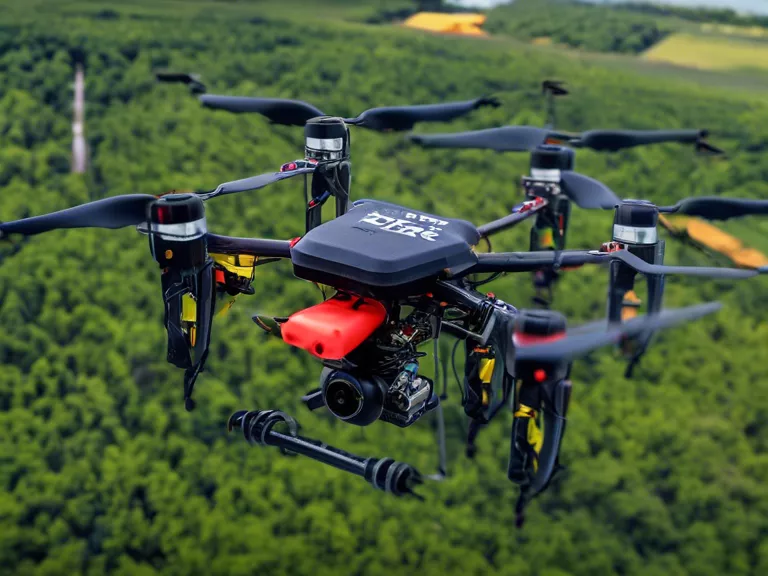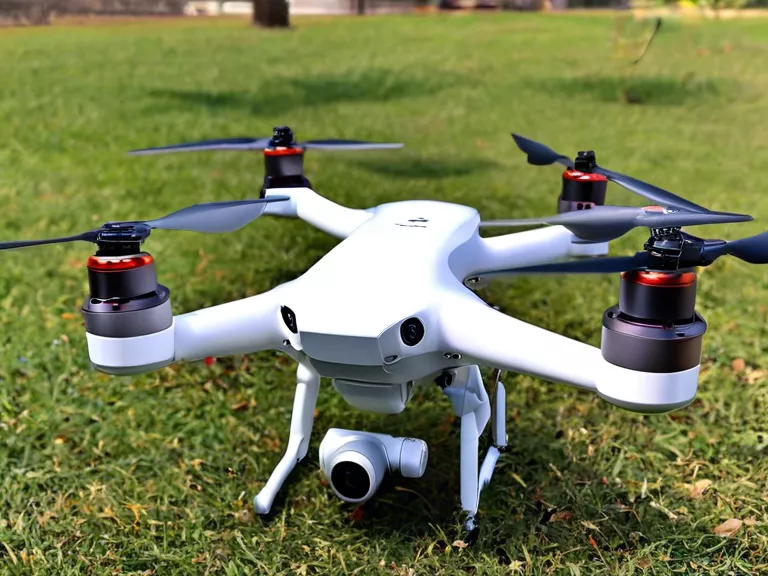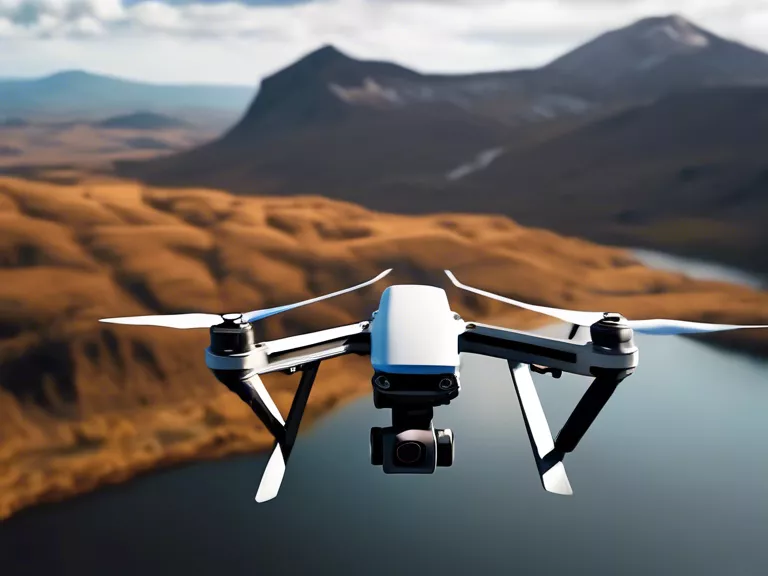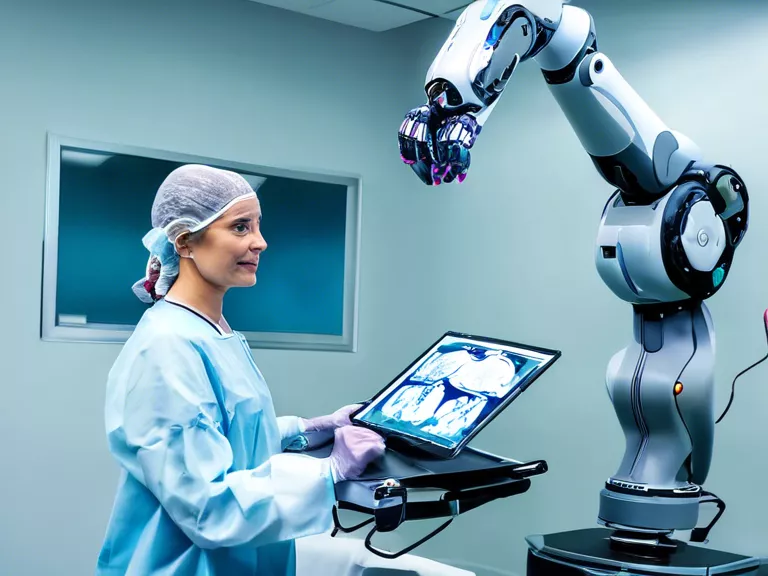
Drones have become an invaluable tool for search and rescue operations in emergency situations. Their ability to cover large areas quickly and access hard-to-reach locations makes them ideal for aiding in finding and saving individuals in distress. In this article, we will discuss the practical ways to use drones effectively in search and rescue missions.
Firstly, drones equipped with high-definition cameras can provide real-time aerial footage of the search area, allowing operators to quickly identify any potential targets. This visual data can be transmitted to ground teams for further analysis and decision-making.
Secondly, drones fitted with thermal imaging cameras can detect body heat signatures, even in low light or obscured conditions. This is especially useful in locating missing persons in wooded areas or during nighttime searches.
Furthermore, drones can be equipped with loudspeakers or lights to communicate with and guide individuals towards safety. This is particularly helpful in situations where the person in distress may be disoriented or unable to call for help.
In addition, drones can be used to drop essential supplies such as water, food, or medical kits to individuals awaiting rescue. This can be a lifeline for those in remote or inaccessible areas where traditional rescue methods may be hindered.
Lastly, drones can also be employed to create a 3D map of the search area, providing search and rescue teams with valuable information on terrain conditions and potential obstacles. This data can help them formulate a more efficient and informed rescue plan.
In conclusion, drones are a game-changer in search and rescue operations during emergencies. Their versatility and capabilities make them an essential tool for saving lives in critical situations. By utilizing drones effectively, search and rescue teams can expedite the search process and increase the chances of locating and rescuing individuals in need.



